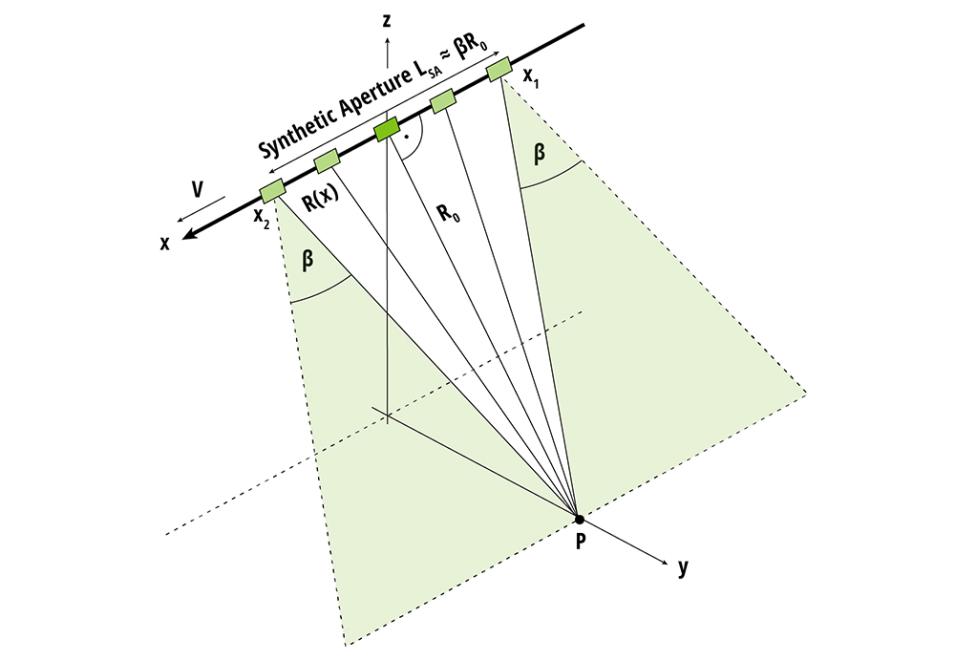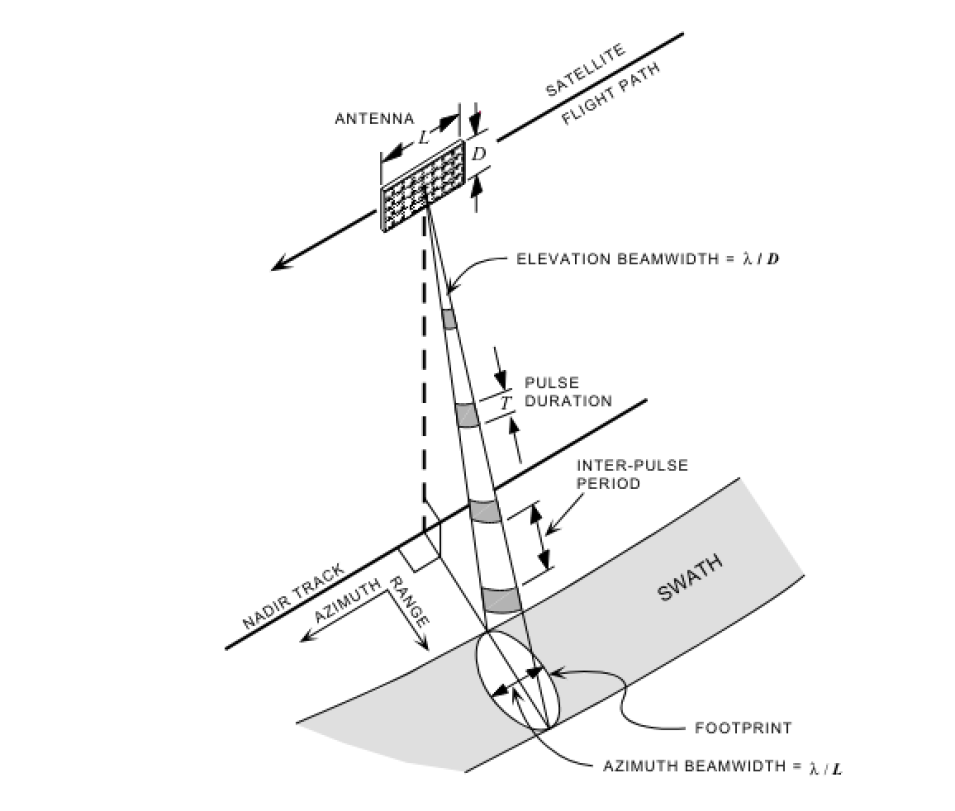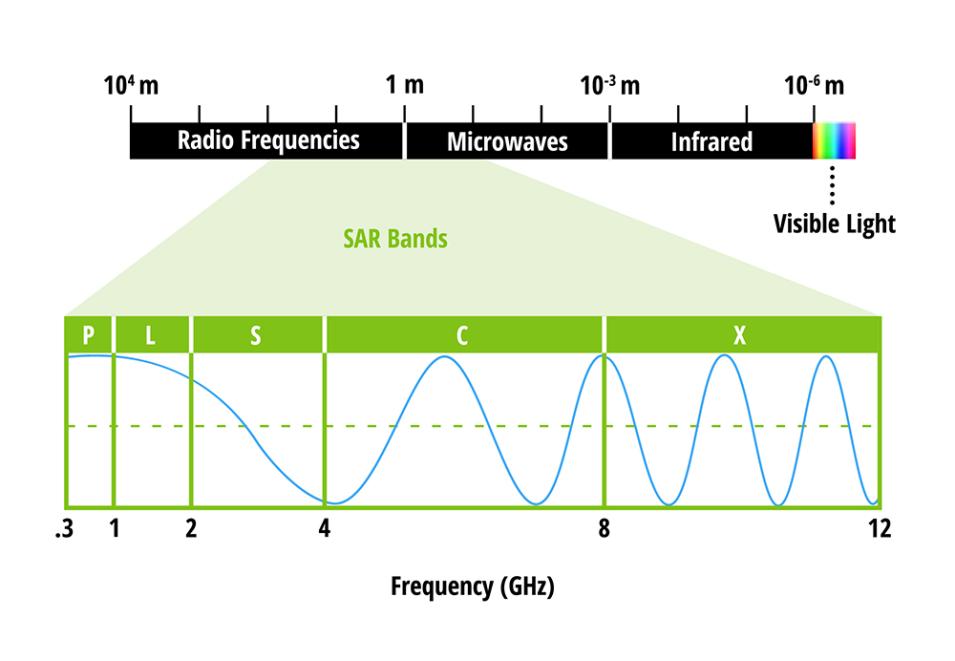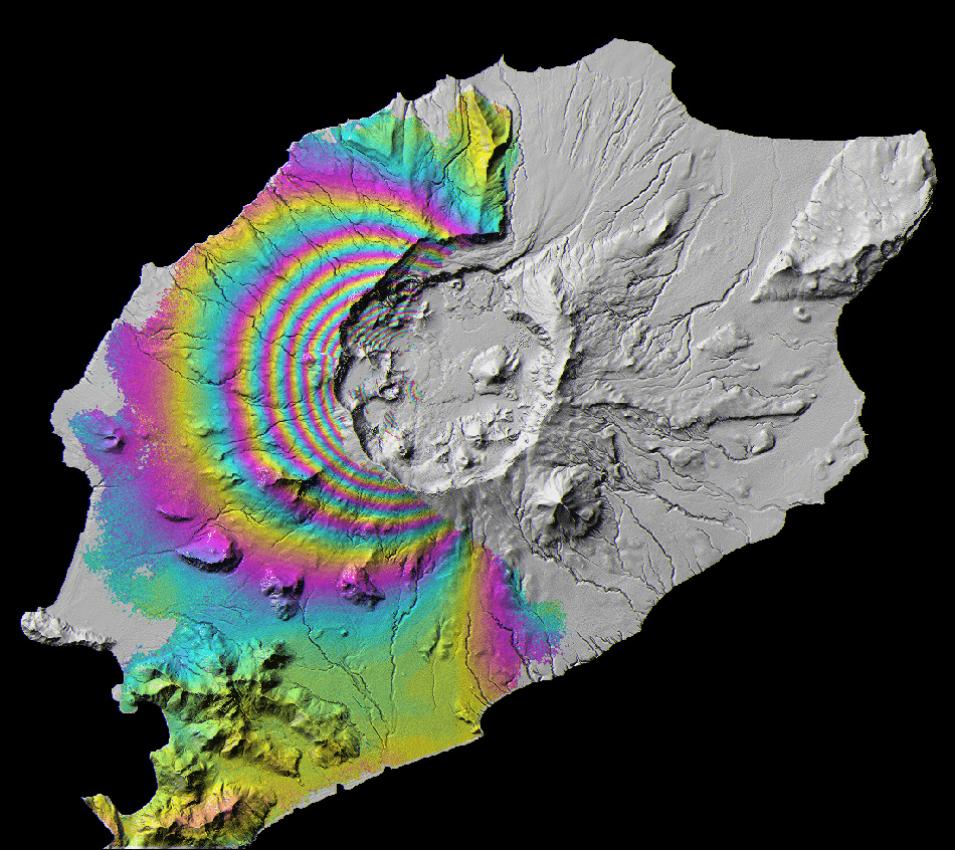Sentinel Application Platform (SNAP) Sentinel 1 Toolbox
(S1TBX) | ESA (European Space Agency) | A graphical user interface (GUI) used for both polarimetric and interferometric processing of SAR data. Start to finish processing includes algorithms for calibration, speckle filtering, coregistration, orthorectification, mosaicking, and data conversion. | - Sentinel-1
- ERS-1 and 2
- ENVISAT
- ALOS PALSAR
- TerraSAR-X
- COSMO-SkyMed
- RADARSAT-2
|
| pyroSAR | John Truckenbrodt, Friedrich-Schiller-University Jena / Deutsches Zentrum
German Aerospace Center | A Python framework for large-scale SAR satellite data processing that can access GAMMA and SNAP processing capabilities. Specializes in the handling of acquisition metadata, formatting of preprocessed data for further analysis, and options for exporting data to Data Cube. | Sentinel and various past and present satellite platforms |
Generic Mapping Tools Synthetic Aperture Radar
(GMTSAR) | ConocoPhillips, Scripps Institution of Oceanography, and San Diego State University | GMTSAR adds interferometric processing capabilities to Generic Mapping Tools (GMT), command line tools used to manipulate geographic data and create maps. GMTSAR includes two main processors: 1. an InSAR processor that can focus and align stacks of images, maps topography into phase, conducts phase unwrapping, and forms complex interferograms, and 2. a postprocessor to filter the interferogram and create coherence, phase gradient, and line-of-sight displacement products. | - ERS-1/2
- Envisat
- ALOS-1
- TerraSAR-X
- COSMOS-SkyMed
- Radarsat-2
- Sentinel-1
- ALOS-2
|
Delft object-oriented radar interferometric software
(DORIS)
| Delft University of Technology | Interferometric processing from single look complex (SLC) to complex interferogram and coherence map. Includes geocoding capability, but does not include phase unwrapping. | Single Look Complex data from ERS, ENVISAT, JERS, RADARSAT |
Statistical-Cost, Network-Flow Algorithm for Phase Unwrapping
(SNAPHU) | Stanford Radar Interferometry Research Group | Software written in C that runs on most Unix/Linux platforms. Used for phase unwrapping (an interferometric process). The SNAPHU algorithm has been incorporated into other SAR processing software, including ISCE. | Input data is interferogram formatted as a raster, with single-precision (float, real*4, or complex*8) floating-point data types |
Hybrid Pluggable Processing Pipeline
(HyP3) | Alaska Satellite Facility | Online interface for InSAR processing, including steps such as phase unwrapping (using the Minimum Cost Flow algorithm). Includes access to some GAMMA and ISCE processing capabilities for interferometry. Also includes Radiometric Terrain Correction (RTC) and change detection tools. | Dependent on process |
InSAR Scientific Computing Environment
(ISCE) | NASA's Jet Propulsion Laboratory and Stanford University | Interferometric processing packaged as Python modules. Interferometric processing from raw or SLC to complex interferogram and coherence map. Includes geocoding, phase unwrapping, filtering, and more. | - ALOS
- ALOS2
- COSMO_SKYMED
- ENVISAT
- ERS
- KOMPSAT5
- RADARSAT1
- RADARSAT2
- RISAT1
- Sentinel-1
- TERRASARX
- UAVSAR
|
| MapReady | Alaska Satellite Facility | A GUI used to terrain-correct, geocode, and apply polarimetric decompositions to multi-polarimetric SAR (PolSAR) data. | ALOS Palsar and other older datasets in ASF’s catalog (SNAP S1TBX recommended for Sentinel-1 datasets) |
Python Radar Analysis Tools
(PyRat) | Andreas Reigber | A GUI implemented in Python for post-processing of both airborne and space-based SAR imagery. Includes various filters, geometrical transformations and capabilities for both interferometric and polarimetric processing. | Airborne and space-based SAR data |
Polarimetric SAR data Processing and Education Toolbox
(PolSARpro) | ESA | A GUI for high-level polarimetric processing. Includes analysis capabilities for PolSAR, PolinSAR, PolTomoSAR, and PolTimeSAR data, including functionalities such as elliptical polarimetric basis transformations, speckle filters, decompositions, parameter estimation, and classification/segmentation. Includes a fully polarimetric coherent SAR scattering and imaging simulator for forest and ground surfaces. | - ALOS-1 / PALSAR-1
- ALOS-2 / PALSAR-2
- COSMO-SKYMED
- GaoFen-3
- RADARSAT-2
- RISAT
- TerraSAR X
- Tandem-X
- SENTINEL-1A and -1B
Supports upcoming missions: - ALOS-4 / PALSAR-3
- BIOMASS
- SAOCOM
- NISAR
- NOVASAR-S
- RCM / RADARSAT-3
- TerraSAR-L
|





